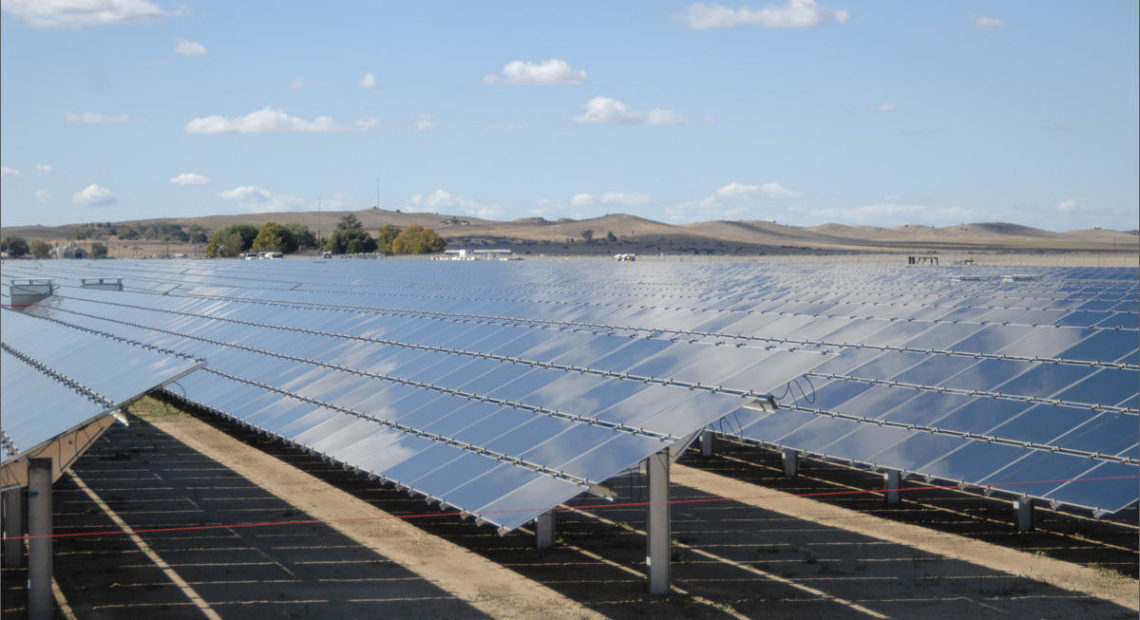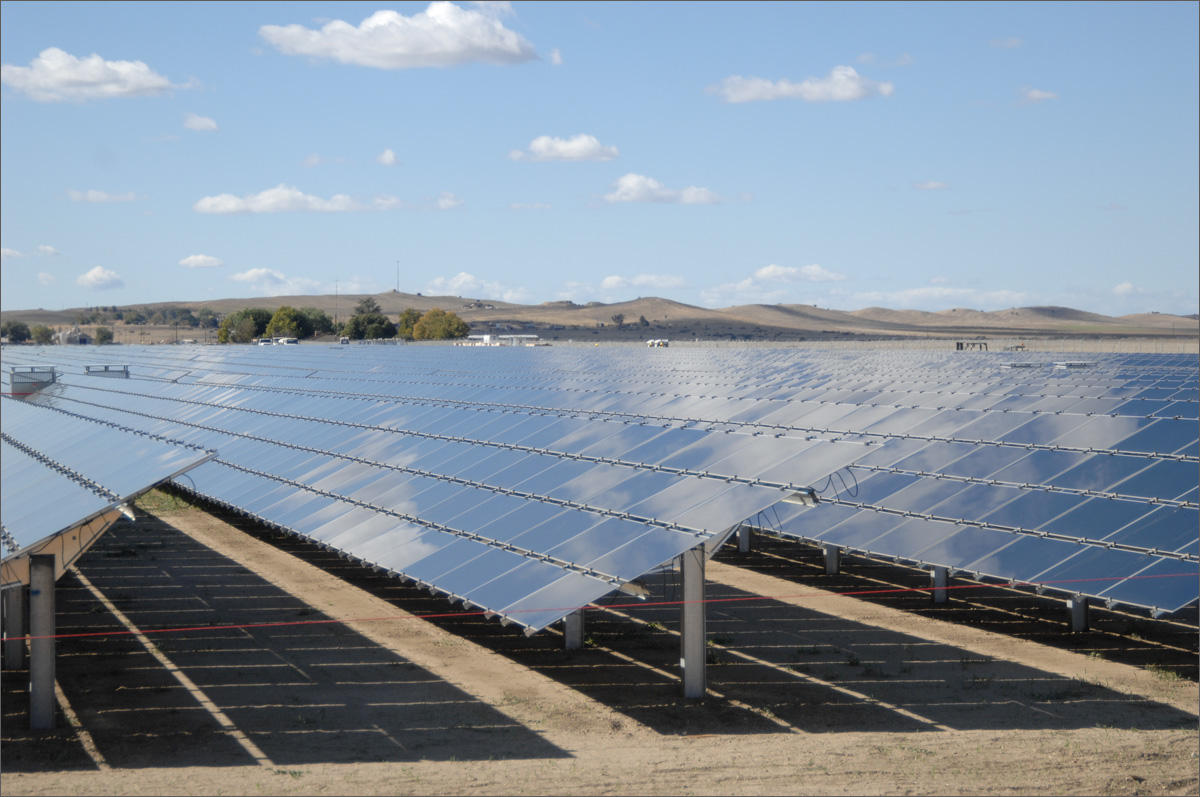
Washington bill could help ease renewable energy development tensions
Listen
(Runtime 1:02)
Read
In the Pacific Northwest, conversations about renewable energy can get pretty heated. Residents often raise concerns about fragmented wildlife habitats, disturbed cultural resources, and cluttered viewsheds.
But a bill winding through the Washington legislature could help ease some of those tensions.
House Bill 1216 would set up a formal process for “least conflict siting” which would help identify the least controversial places to build – and avoid common issues with renewable developments.
This sort of process could help increase the pace and scale of renewable development, while taking into account concerns from rural and tribal communities, said Adam Maxwell, Audubon Washington’s senior policy manager.
“We can start moving towards flipping the model of development for clean energy toward a more intentional and a more protective model that really gets stakeholders and communities involved from the get go, and not just react on a kind of project by project basis,” Maxwell said.
The bill was requested by Gov. Jay Inslee. After passing the Washington House earlier this month, the Senate Committee on Environment, Energy and Technology Committee held a public hearing on Wednesday on the bill.
Kat Brigham, Board of Trustees Chair for the Confederated Tribes of the Umatilla Indian Reservation said she wants tribes in Eastern Washington to be “fairly considered” for mitigation benefits and reimbursement for work on siting applications, which the State of Oregon already pays. The Umatilla Confederated Tribes are located in southeastern Washington and northeastern Oregon.
The tribes aren’t opposed to renewable energy projects, Brigham said, but it’s important to figure out how to protect sacred sites and cultural resources – no matter when they’re discovered in the renewable energy development process.“We support this, but at the same time, there’s a lot of concern about – we’re going to be doing all of this and not getting treated equitable,” Brigham said at Wednesday’s public hearing.
“So we’re just asking to pause and work with us to assure that we’re both getting what we need,” she added.
Planning for the future in this way is incredibly important, she said.
In 2019, Washington Gov. Jay Inslee signed a bill that would require 100% of the state’s energy to come from renewable sources by 2050.
To help meet those goals, the state legislature funded a least-conflict solar siting pilot program in 2021 to study the best places to build utility-scale solar projects. Since then, farmers, ranchers and environmental groups worked to identify areas that would cause the least harm to all their interests. A final report on the maps the group developed is expected by June 30, 2023.
Several utility-scale renewable energy projects in Washington have rankled neighbors, tribes and wildlife advocates, including the Carriger Solar Project in Klickitat County, the Horse Heaven Hills Clean Energy Project near the Tri-Cities and the Badger Mountain Solar Energy Project in Douglas County.
With each of those projects presenting issues – either for wildlife or for people – Maxwell said the state needs a formal least-conflict siting process, especially in such large-scale projects.
“[It will] clear the path for developing in those areas through tribal consultation, local government consultation, and really building support in communities for these projects so that we can have a clean energy transition that is really the best for Washington residents, whether they be humans, avian or otherwise,” Maxwell said.
More large projects will need to be developed in the coming years, said Rep. Joe Fitzgibbon (D-West Seattle) at an earlier hearing in the House.
“We’re going to need a lot of new energy production in this state as we decarbonize our economy,” Fitzgibbon said. “We know that we’re not just going to need more solar farms and more electricity transmission, but also newer fuels of the future.”
The bill also would create a council across multiple state agencies to identify ways to improve renewable energy project siting and permitting, track federal renewable energy projects, and create a list of federally recognized tribes to consult with.
And it would create an application process for clean energy projects of “statewide significance.” If not currently going through the state agency Energy Facility Siting Evaluation Council process, renewable energy developers could apply for an expedited approval process.
In addition, the state Department of Commerce would have to study how energy projects affect rural communities and find ways to more equitably alleviate burdens to rural areas, especially east of the Cascade Mountains, where many renewable energy projects will be built.
According to the fiscal note, the bill would cost $19.5 million for the 2023-2025 biennium and $10.6 million 2025-2027 biennium, with an unknown cost to reimburse state agencies and local governments for their work renewable energy project applications – Brigham said she would like tribes to also receive those reimbursements.
















